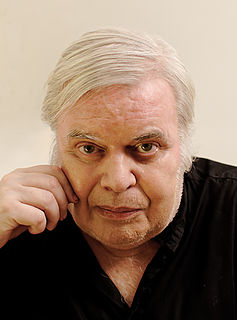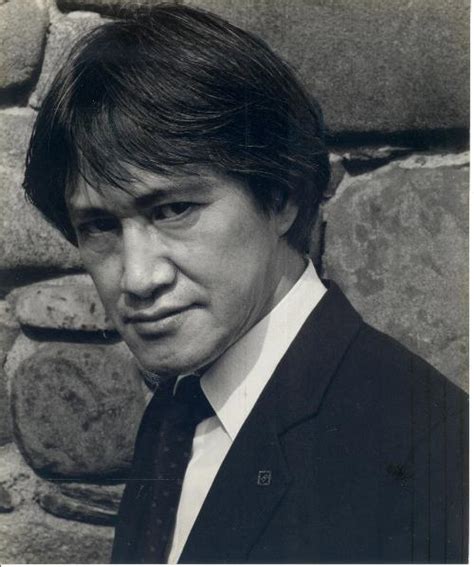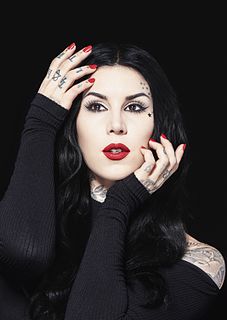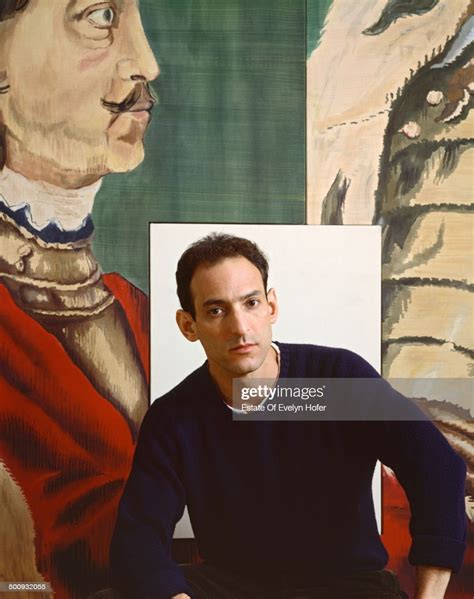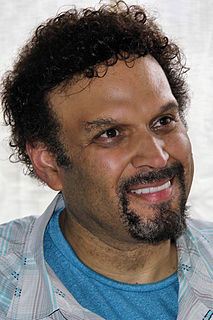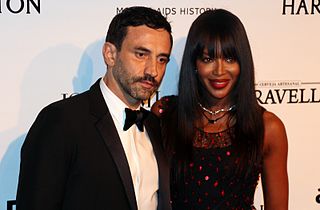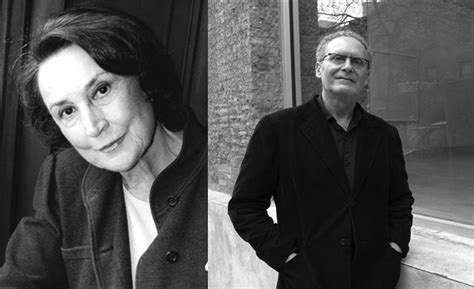A Quote by H. R. Giger
I like elegance. I like art nouveau; a stretched line or curve. These things are very much in the foreground of my work.
Related Quotes
Like music or art, mathematical equations can have a natural progression and logic that can evoke rare passions in a scientist. Although the lay public considers mathematical equations to be rather opaque, to a scientist an equation is very much like a movement in a larger symphony. Simplicity. Elegance. These are the qualities that have inspired some of the greatest artists to create their masterpieces, and they are precisely the same qualities that motivate scientists to search for the laws of nature. LIke a work of art or a haunting poem, equations have a beauty and rhythm all their own.
People think of time as a continuum composed of points which is stretched out at a line, and even if you add a direction to it and say one direction on the line is past and the other direction is future, or better, one direction is "earlier than" and the other direction is "later than", you're still thinking of it as like a geometrical line which is stretched out rather than as a dynamic process of becoming.
So much of my work is defined by the difference between the figure in the foreground and the background. Very early in my career, I asked myself, "What is that difference?" I started looking at the way that a figure in the foreground works in eighteenth- and nineteenth-century European paintings and saw how much has to do with what the figure owns or possesses. I wanted to break away from that sense in which there's the house, the wife, and the cattle, all depicted in equal measure behind the sitter.
There's so much more work that goes into developing a makeup line than one would imagine. Personally, I like to be involved in the entire creative process - everything from art direction, collection concepts, formula testing, packaging artwork, to naming the shades and also the marketing side of things.
Artists talk about art in sort of straightforward terms, more like the way you talk about plumbing fixtures. Does it function well? Does it bring the hot water up from the cellar efficiently, or does it lose too much thermodynamic energy in the process? Artists are also very ruthless with each other and can be very brutal in evaluating each other's work because their criteria is almost more mechanistic. Does it do what it's supposed to be doing in an efficient way? That doesn't mean that intention is not part of the conversation, but it's not the foreground.
People act like art is a white thing - or not for people of colour - when, really, so much culture and art comes from people of colour. I want everyone to get into what I am doing. So sometimes I don't like to work just in an art context because it feels like a lot of people aren't going to see it. I like it to be a part of everyday life.
We aren't defined by our work. People think if you over-identify with your work, then that must mean you're giving over too much of yourself to it, that there's something wrong with that. We're trained to believe in things like work-life balance. So much work is tending towards service. It's very much about creating experiences rather than products, and it makes those boundaries between life and work very slippery.
...What is more like love than the ocean? You can play in it, drown in it...it can be clear and bright enough to hurt your eyes, or covered in fog, hidden behind a curve of roads and then suddenly there in full glory. It's waves come like breaths, in and out, body stretched to forever in it's possibilities, and yet it's heart lies deep, not fully knowable, inconceivably majestic.
When you organize your work and look back at your entire production, it may feel like you're looking at a straight line, but in fact it's nothing like that. The work is very experimental and most of the time it develops like branches. I usually see a capillary, like a tree shape where there are... branches that sort of move because you're not tending to them.
